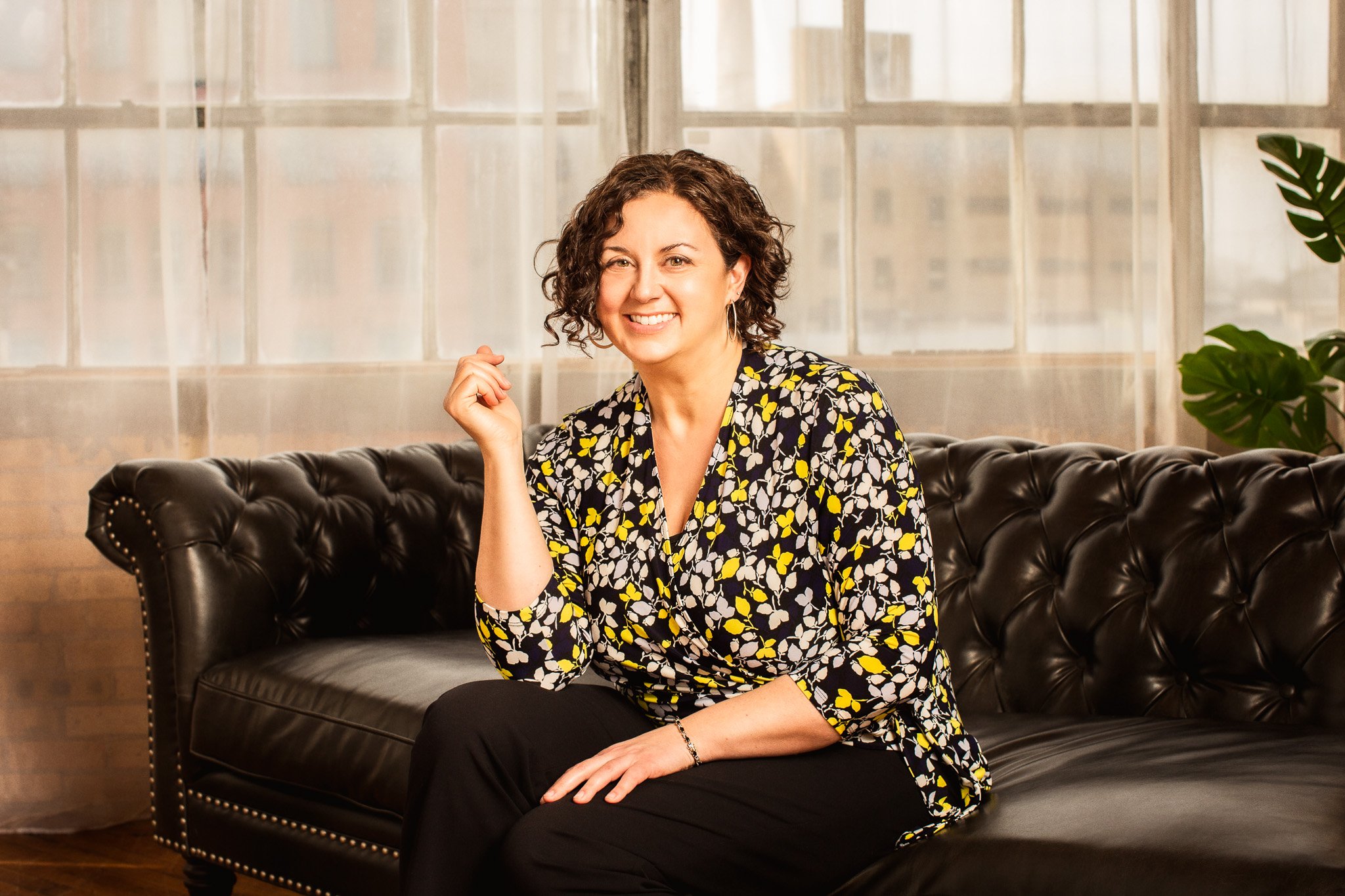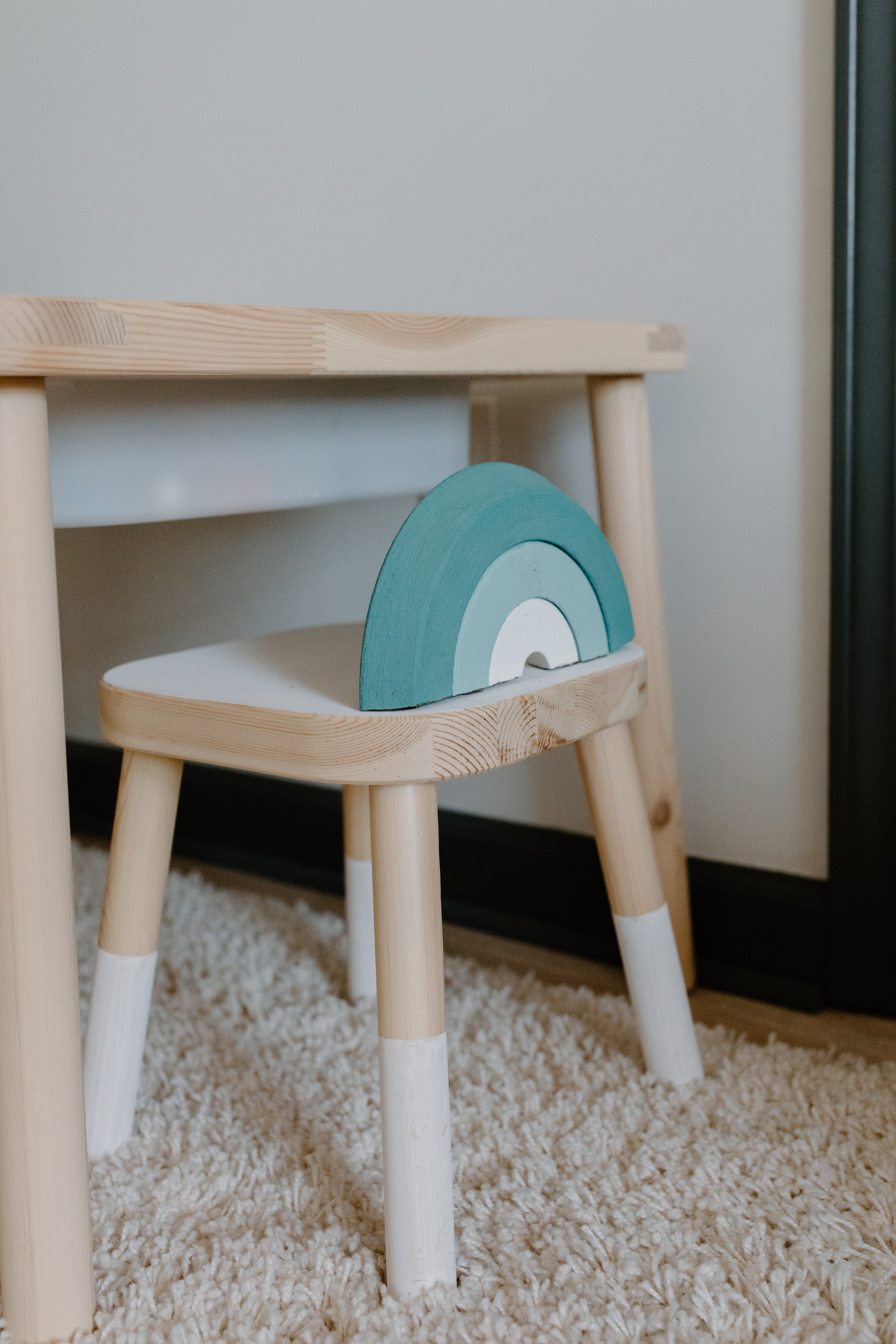
About The Adult Chair
The Adult Chair® model has taught me how to truly feel my feelings, release them, and move on. I’ve found healing, rediscovered my voice and energy, and have pursued new dreams. My relationships are deeper and easier. With this unshakeable center, I find I can respond to life instead of reacting. I feel healthier and more at peace than ever before.
The Adult Chair Model
The Adult Chair is a manual for your life. It’s a tool that helps you feel empowered, confident, and equipped with a clear roadmap to your healthiest, most authentic self. Through The Adult Chair, you will understand how your life experiences have shaped you, give a voice to the different parts of who you are, gain greater self-awareness, and respond to life in a healthy way.
The Child Chair
Your inner child forms between ages zero and seven, and it is the foundation of your true feelings and needs. The inner child is deeply vulnerable, which makes it the source of deep, connected relationships. It is also where early wounding can occur, which shapes our view of the world as we grow up. When seated in the Child Chair, we find creativity, passion, spontaneity, trust, and intimacy.
The Adolescent Chair
In adolescence, you begin to develop your own identity and realize that you are separate and unique from the world around you. As the ego forms, so does the desire to protect yourself, whether the daggers are real or imagined. When seated in the Adolescent Chair, we become perfectionist, judgmental, and controlling, and we develop a mask to hide our authentic selves from a world that seems cold and rejecting. Most of us live from this place until we awake and decide we are ready to change.
The Adult Chair
The Adult Chair represents your highest self: living in the present moment, dealing with facts and truth over stories and assumptions, and being able to set boundaries from a place of patience and compassion. While seated in the Adult Chair, we can deeply connect with our inner child’s needs and feelings and objectively observe our adolescent’s behaviors. It is here, and only here, that we can become aware of—and overcome—the emotional triggers and negative patterns that hold us back.


